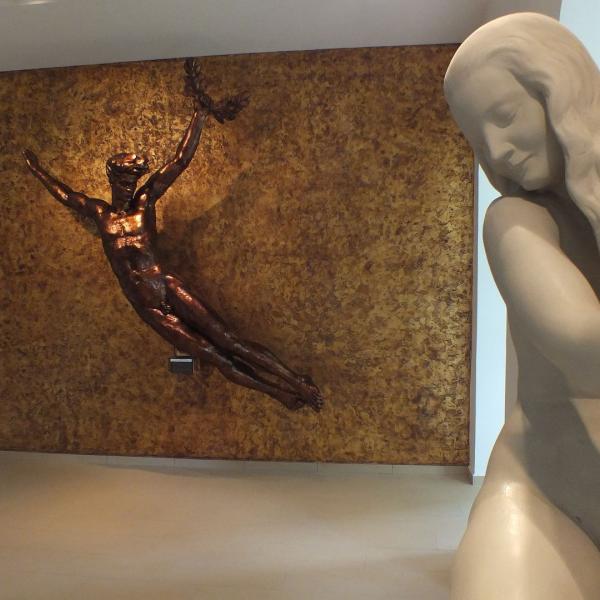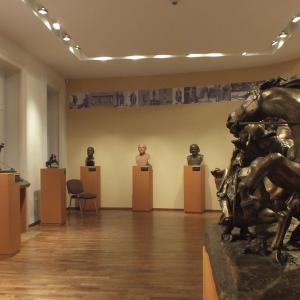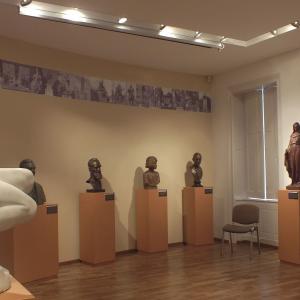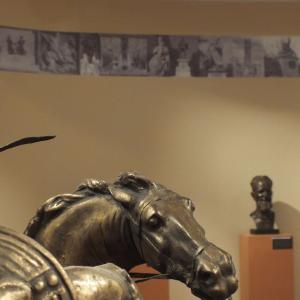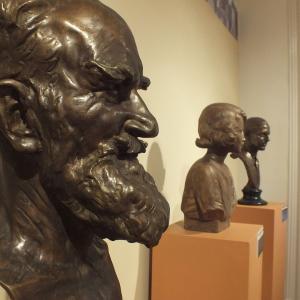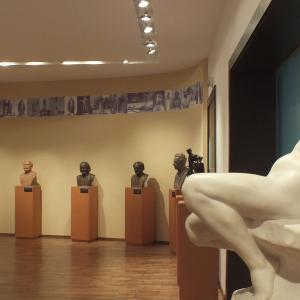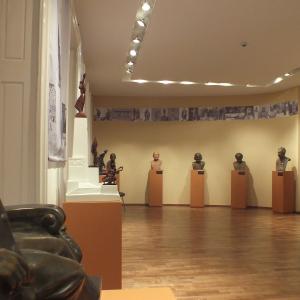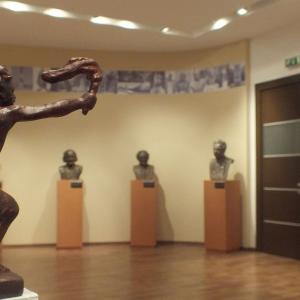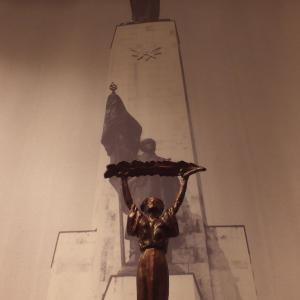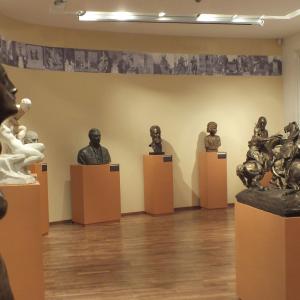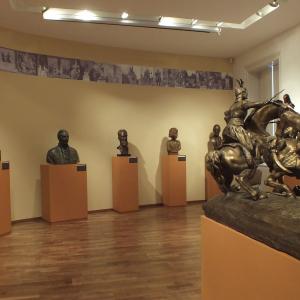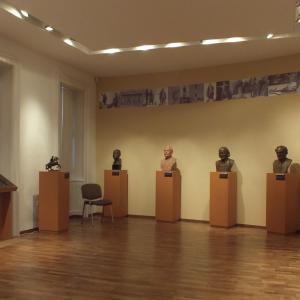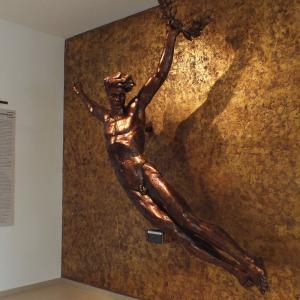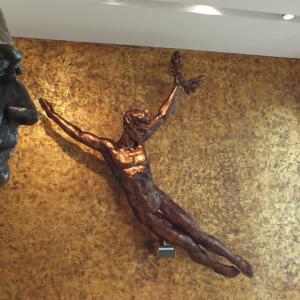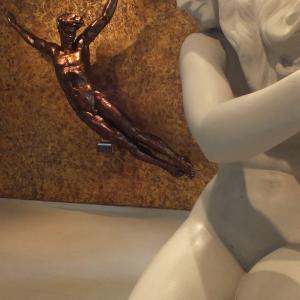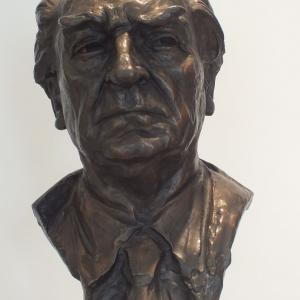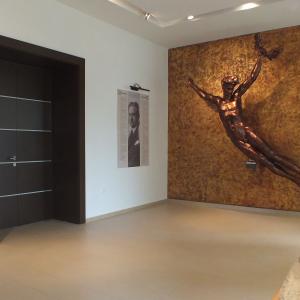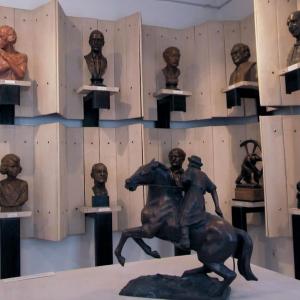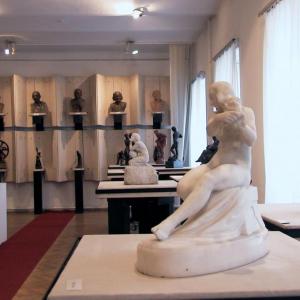Zsigmond Kisfaludi Strobl (1884–1975) is one of the greatest figures of the 20th century Hungarian sculpture who is a most widely acknowledged artist on a worldwide scale. He was born in Alsórajk in Zala county, his heritage, in accordance with his will, has become part of the collection of Göcseji Museum where his most precious pieces of art have been displayed in permanent exhibitions since 1976.
His sculptures evoking the Greek and Renaissance ideal of beauty still fascinate their viewers. The number of his known works of art amounts to approximately nine hundred, almost ten per cent of them stand on public places even today. The talented young artist who was raised under challenging circumstances took all opportunities to improve on his education and take his professionalism to a higher level. In 1909 he participated in a collective exhibition in Budapest, in the Arthouse, then he visited cultural scenes across Western Europe, he went to Florence, Rome, London and Paris.
From 1924 he was a professor at the College of Fine Arts for almost four decades where several generations learned the tricks of moulding and casting under his guidance. In the 1930s besides having a studio in Budapest he also kept a studio in London where members of high society, and most often members of the royal family, followed on each other’s heels to get their portrait. In the 1950s he was highly appreciated in Moscow he was even elected member of the Academy of Arts of the USSR. He was loaded with countless high honours, even the Kossuth Prize was awarded to him twice. Some of his iconic creations, such as the portrait of Bernarnd Shaw, the world-famous Irish playwright – whom he considered as his friend – or the portrait of the young Queen Elizabeth, or the scene of the battle of 3 horsemen standing as large as life at a small square under the Eger Stronghold, are parts of the outstanding masterpieces of Hungarian sculpture. His most famous creation is the Statue of Liberty in Budapest.
He was a brilliant talent, a highly productive artist of great knowledge. Aside from his Art Nouveau-style and progressive experiments as a young artist, he followed the classical, academic style in all his life. His sophisticated, suggestive nudes, the intense portrayals of his portraits, his brilliantly composed, lively groups of sculptures raise him to the best of his era.

